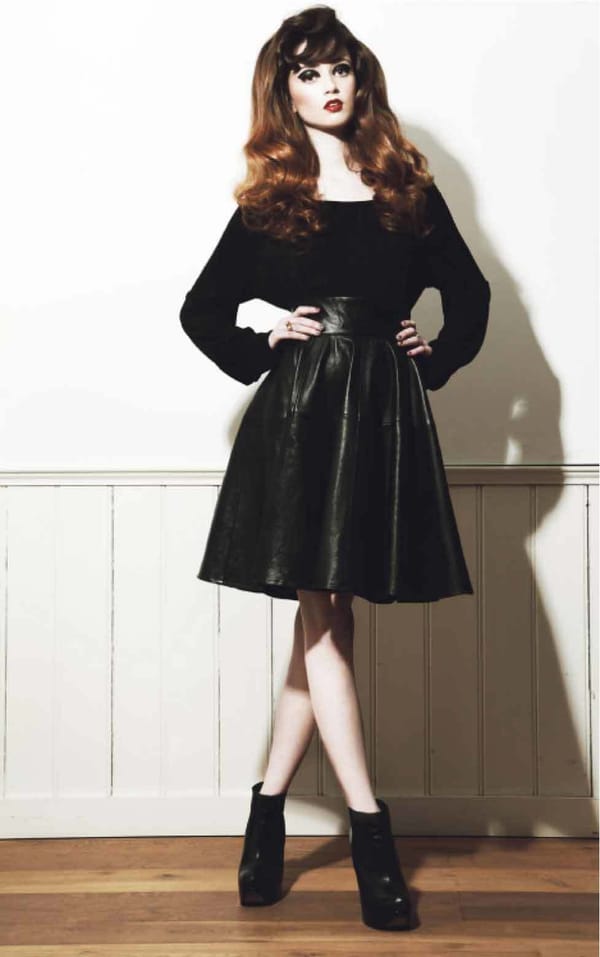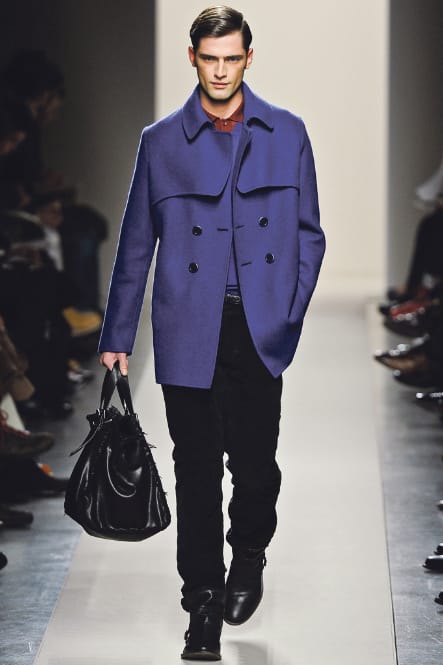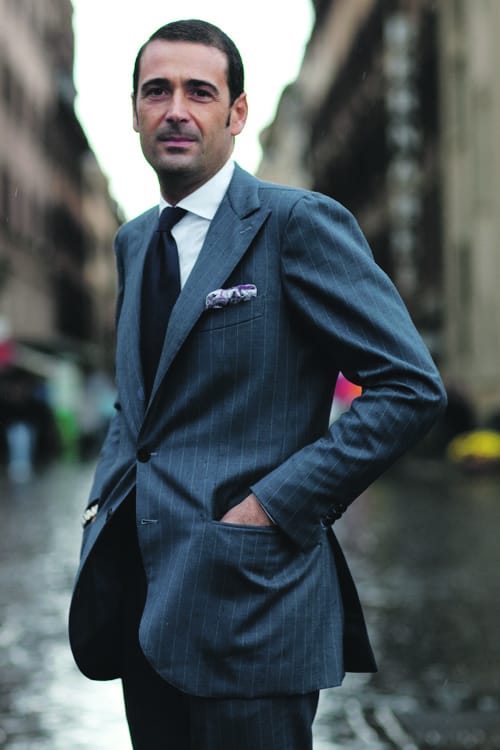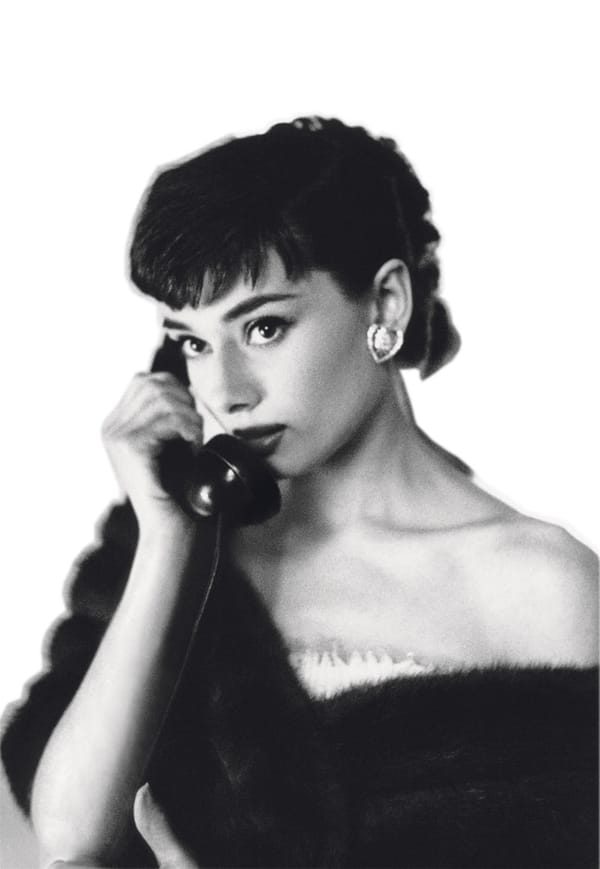Tisci to replace disgraced Galliano?
As rumours of Givenchy designer Riccardo Tisci as successor to the Dior throne grow, the industry reminisces about Galliano’s legacy
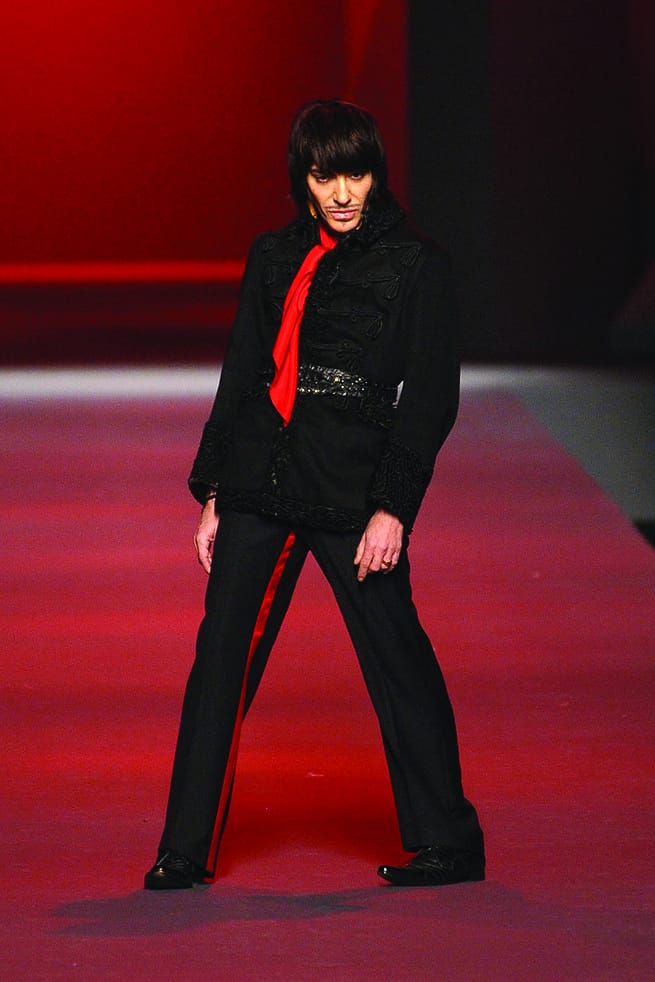
After allegations of anti-semitic and racial slurs against a couple in a Parisian café, and the release of a damning video evidencing yet more abusive behaviour, John Galliano was dismissed from his role as designer for Christian Dior last Thursday. Although the fashion world has been rocked by the shocking events leading to his dismissal, fashion month, now at its tail-end, continued unhindered, and Galliano’s final show at Dior went ahead on Sunday. Dior CEO Sidney Toledano prefaced the show with a speech about the values that Christian Dior has represented, asserting that they would be preserved by “the heart of the House of Dior, which beats unseen… made up of its teams and studios, of its seamstresses and craftsmen”. It is rumoured that these petites mains bore most of the brunt of this final collection whilst John Galliano was battling his problems with alcoholism.
Following Galliano’s ignominious fall, rumours have become rife as to who will be his successor. Amongst the contenders are: Stefano Pilati, designer at Yves Saint Laurent; Alber Elbaz, the celebrated designer behind Lanvin; Olivier Theyksens, who has previously designed for Rochas and Nina Ricci; and Haider Ackermann, whose most recent own-label collections have been received to much critical acclaim. The frontrunner, however, appears to be Riccardo Tisci, designer at Givenchy – the label which John Galliano spent two years designing for before moving to Christian Dior. Tisci will be familiar with the large number of collections expected at the great and historic design house, which turns 64 this year. Christian Dior sends out two ready-to-wear collections as well as two couture collections; most design houses no longer create the expensive couture collections that arguably maintain the essence of the particular design house’s aesthetic. However, amongst the most traditional brands that still produce couture, which include Valentino and Chanel, Givenchy remains one of them, which places Tisci at huge advantage.
Some commentators seem concerned by this potential choice, however: WWD claims that Tisci’s aesthetic is “perhaps too dark and brooding for the global behemoth that is Dior.” His previous collections for Givenchy have drawn comments about his gothic fascinations, he himself cited Frida Kahlo as an inspiration for his Fall 2010 couture collection which contained religious, anatomical and deathly imagery. Dior, on the other hand, will require some modulation of the designer’s inclinations towards the dark and brooding aesthetic that he has developed at Givenchy; Dior is a house famed for traditional elegance and sublime femininity.
Despite this, there are few doubts about Tisci’s level of craftsmanship. Famed for his notoriously painstaking attention to detail, the “ultimate in artisanship and femininity”, which Toledo paid tribute to in his speech, will certainly be maintained.
Whomever they choose, however, this is an exciting opportunity for change at the House of Dior, and evolution of a brand is unavoidable and ought to be celebrated.
This is a moment in his life when he needs support and love from the industry he has given his life to Hilary Alexander, The Daily Telegraph
Galliano will still be sorely missed as one of the fashion industry’s real heavy-hitters. With few other designers considered his equal in terms of talent and influence, (Karl Lagerfeld, Jean Paul Gaultier and Giorgio Armani arguably make up the rest of fashion’s ‘old guard’) his absence will be felt acutely; many have been sympathetic to his demise. Says Suzy Menkes of the International Herald Tribune: “The pressure from fast fashion and from the instant Internet age to create new things constantly has worn down other famous names. Marc Jacobs, design director of Louis Vuitton, ended a wild streak in rehab. Calvin Klein famously rambled across a sports pitch and admitted to substance abuse. And the late Yves Saint Laurent spent a lifetime fighting his demons.” Hilary Alexander of The Daily Telegraph was shocked at his behaviour but added, “I am not for a moment excusing his behaviour. There will come a time when he must confront the viper in his breast. But right now, this is a moment in his life when he needs support and love from the industry he has given his life to.”
His swansong, however, was disappointing. With only a few comprehensive looks that really paid tribute to Galliano’s talent and mastery at Dior, his final collection left something to be desired. Tim Blanks at style.com commented that perhaps a ready-to-wear collection was not a proper farewell for Galliano, “it was a pale testament to the extraordinary work the ateliers have done for Galliano over the past 14 years. The proper tribute would ideally have been one of the Dior couture shows, where the extravagant drama of the designer’s soaring imagination was evenly matched by breathtaking workmanship.”
There is no doubt that John Galliano’s behaviour was unacceptable and that he is in need of help and rehabilitation for his problems with alcohol. Previous disgraces in the fashion industry, especially amongst its most brightly shining stars, have not been uncommon. Pictures released in 2005 of Kate Moss snorting cocaine led to her being dropped from numerous advertising campaigns; Galliano is now employing Gerald Tyrrell, the lawyer whose help Moss enlisted at the time. Tim Blanks remarked, “The only precedent for this situation is Coco Chanel’s post-war denunciation as a Nazi collaboratrice. Her exile from the fashion world lasted nine years.”


